CineCity Canberra: 1913–2013 is a free exhibition highlighting the connection between Canberra and film through stills, photographs, posters and the moving image. It runs from 9 March 2013 to 6 January 2014 in the Foyer Gallery at the NFSA.

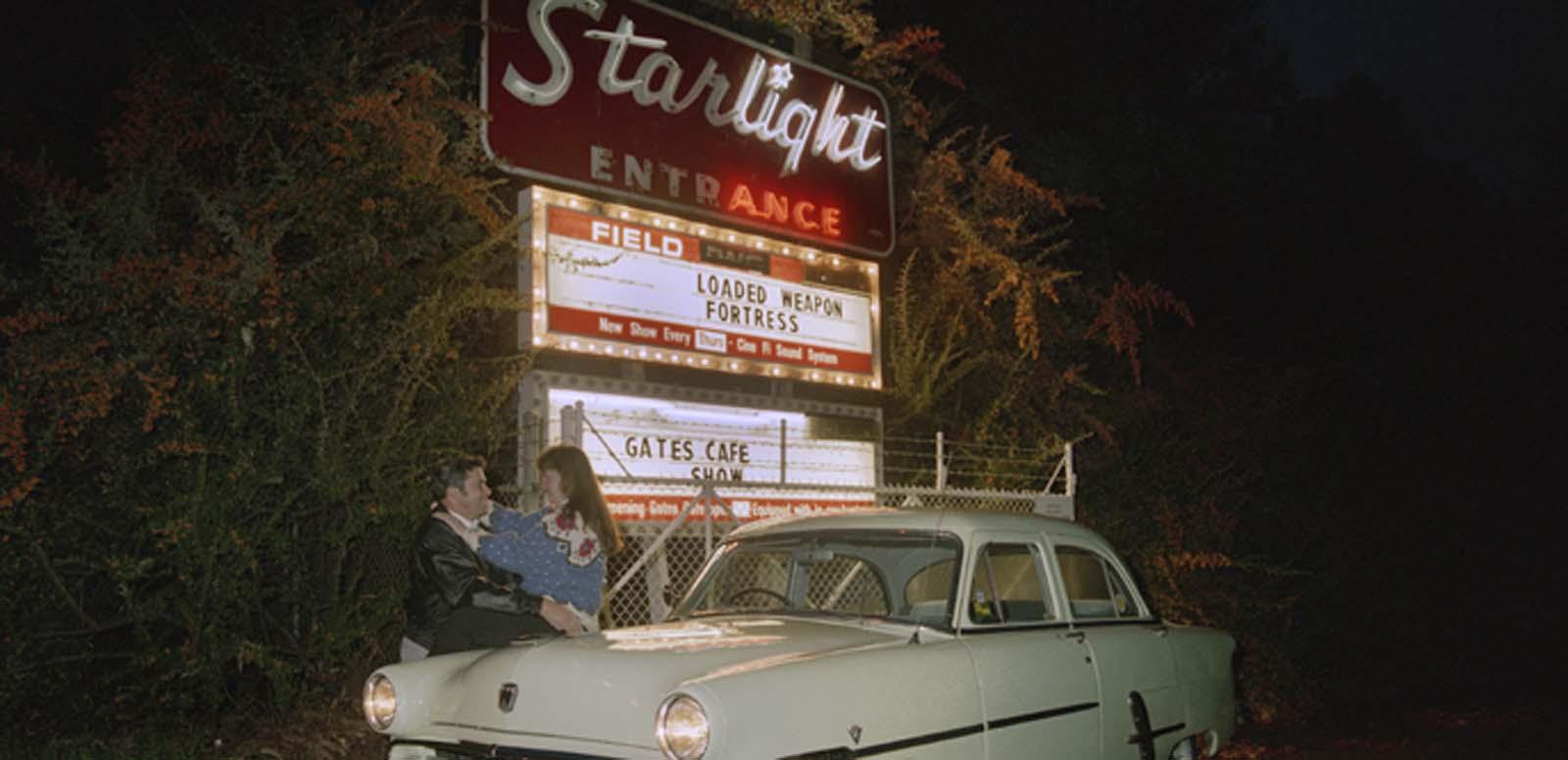
CineCity Canberra: 1913–2013 is a free exhibition highlighting the connection between Canberra and film through stills, photographs, posters and the moving image. It runs from 9 March 2013 to 6 January 2014 in the Foyer Gallery at the NFSA.
Pioneer filmmakers Raymond Longford and Ernest Higgins filmed Naming the Federal Capital of Australia, March 12th 1913 for Spencer’s Pictures, which was under contract to the Commonwealth Government to record this unique moment — the birth of a city.
This important event coincided with a significant year for the Australian feature film industry with the decline of local film production. Despite this, cinemas were as popular as ever, including those in Queanbeyan and later in Canberra.
1913 was a significant year for Australian filmmaking. Following a peak of local film production in 1911–12 with more than 70 films, Australasian Films and Union Theatres merged to create a virtual monopoly, Amalgamated Pictures Ltd, known as ‘the Combine’. The result was a dramatic decline in independent feature filmmaking, as Australian feature filmmakers now encountered great difficulty finding theatres to show their films.
Despite the 1927 Royal Commission into the Moving Picture Industry in Australia, the Combine, run by Australian businessmen, had a far-reaching impact on the Australian feature film industry, which only recovered lost ground with government funding in the 1970s.
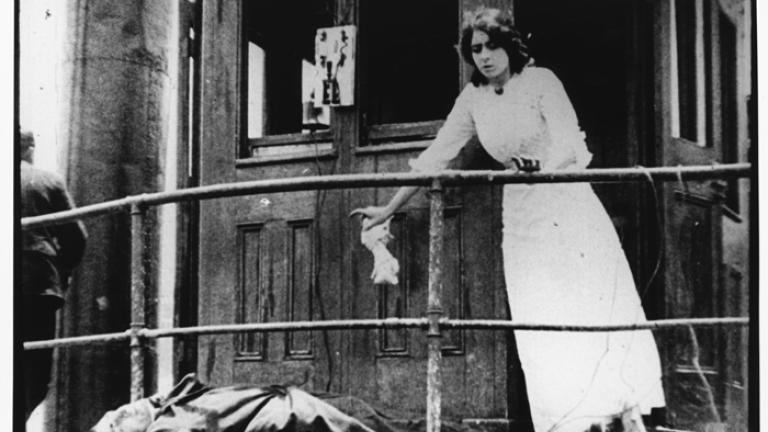
Still from 'Sea Dogs of Australia' (1913) NFSA title no. 356088
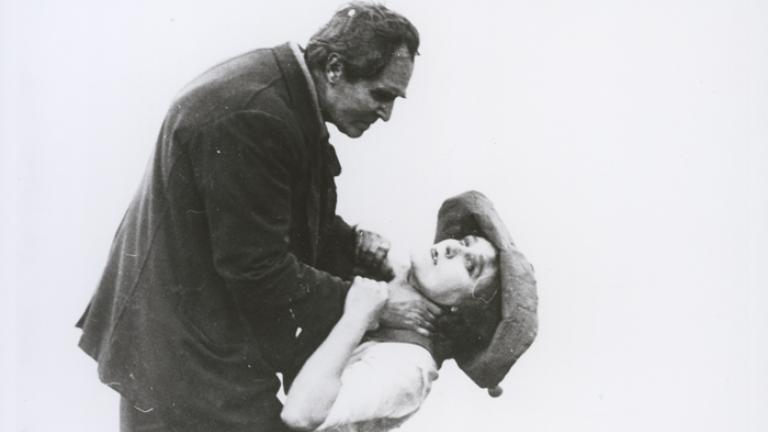
Still from 'The Reprieve' (1913) NFSA title no. 357895
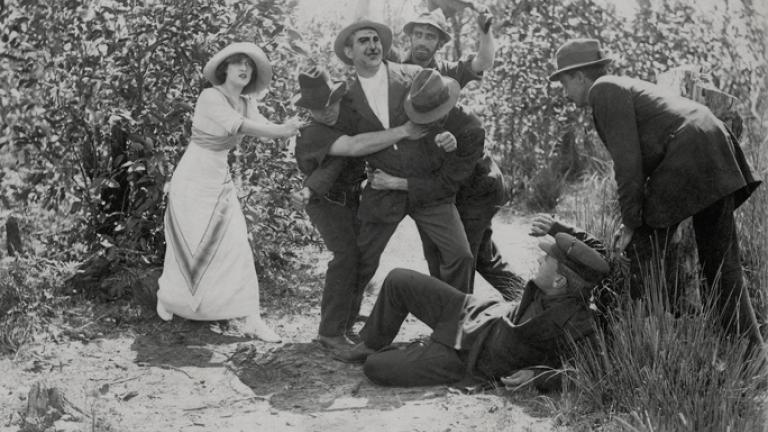
Still from 'Blue Gum Romance' (1913) NFSA title no. 764641
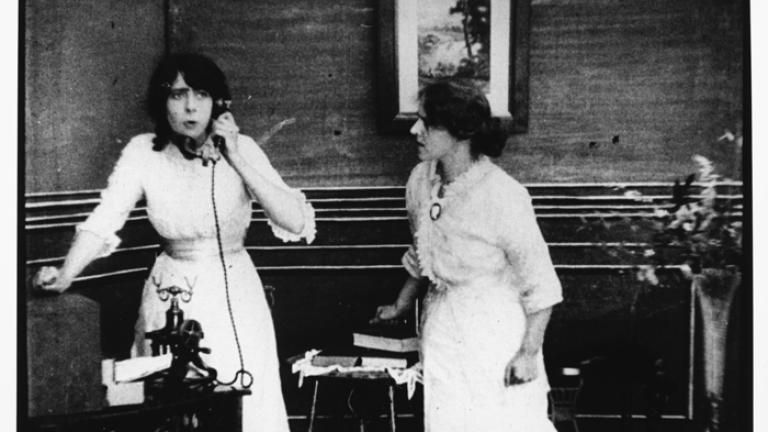
Still from 'Sea Dogs of Australia' (1913) NFSA title no. 356088
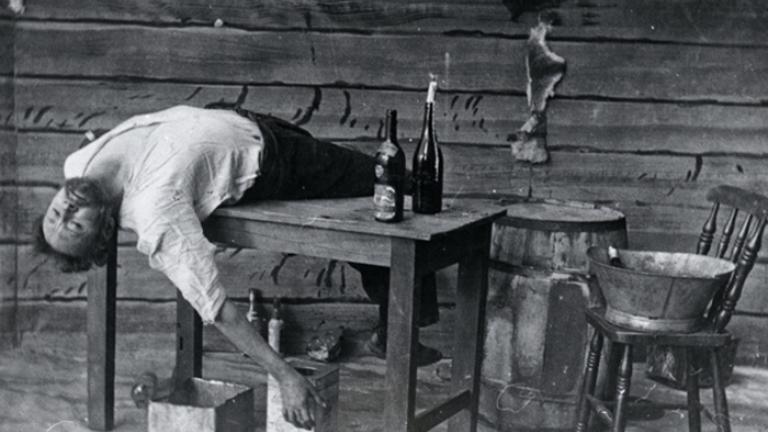
Still from 'The Sick Stockrider' (1913) NFSA title no. 355699
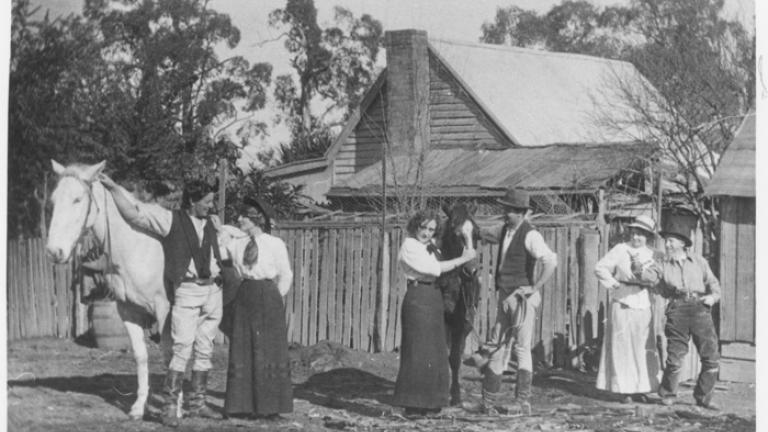
Still from 'The Sick Stockrider' (1913) NFSA title no. 355699
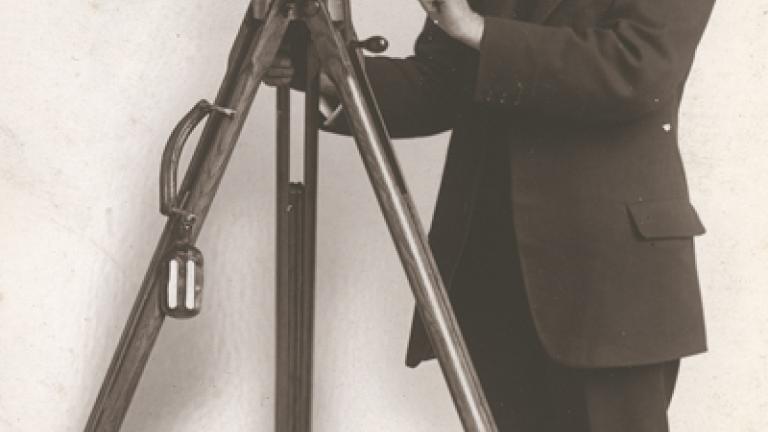
Photograph of filmmaker Ernest Higgins c1912
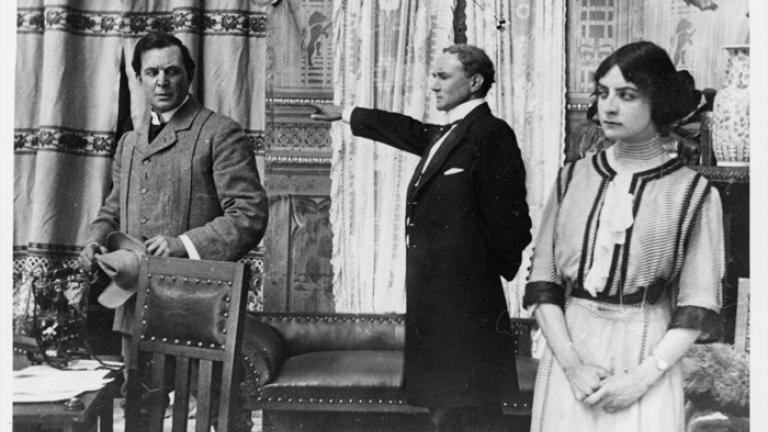
Still from 'The Reprieve' (1913) NFSA title no. 357895
The earliest dedicated cinema in the Canberra region was the Triumph Hall in Queanbeyan in 1913, followed by Star Pictures in 1925. Early residents of Canberra made the trek by horse, bus or on foot to Queanbeyan to see the latest films from America and Great Britain, and possibly locally made films.
Canberra’s first purpose-built cinema was the Capitol Theatre, which opened in 1927 with more than 1000 seats and presented a mixed program of theatrical acts and films. This formula was popular for many years. The Capitol was managed by Franklyn Barrett, a well-known former film producer, director and cinematographer.
Later cinemas included the Civic Theatre (1936–1973), replaced by the Civic Twin (until 2007), the Enrico Taglietti-designed Center Cinema (1966–2003) and the family-run Boulevard Twin later known as Electric Shadows (1973–2006).
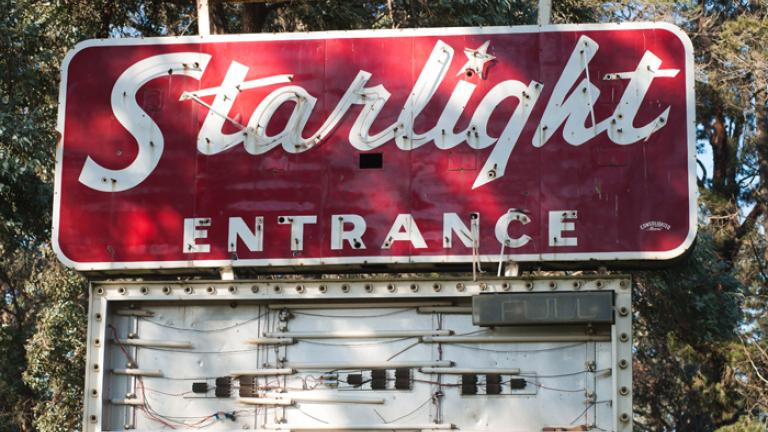
Starlight Drive-in 2010, photograph by Silas Brown
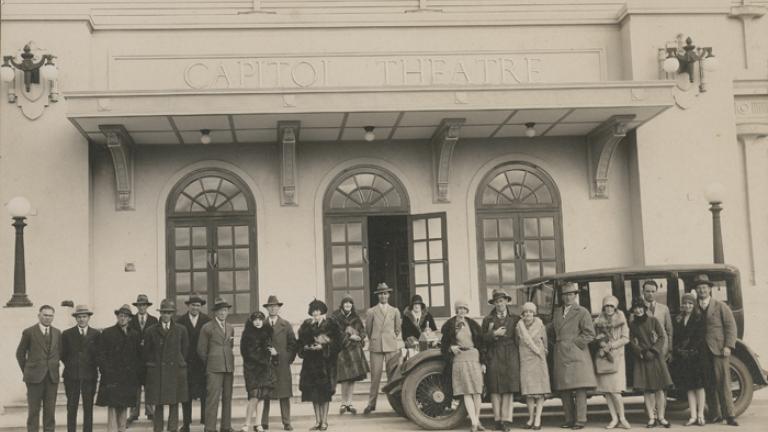
The Capitol Theatre and theatre staff c1930
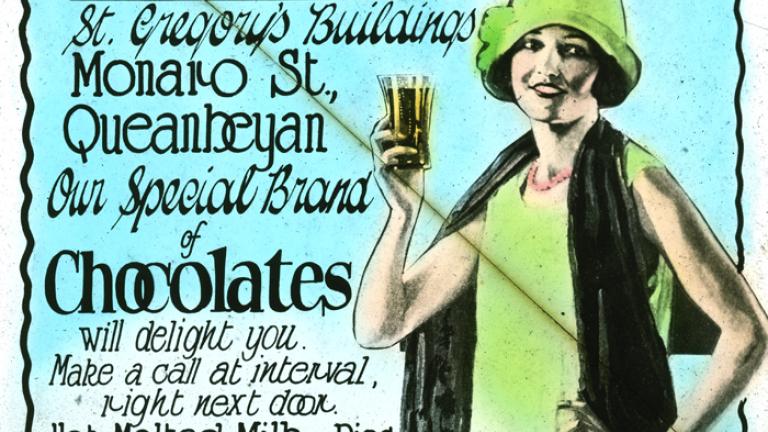
Glass cinema advertising slide manufactured by Featured Theatre Ads Reproduction, courtesy Andrew Pike
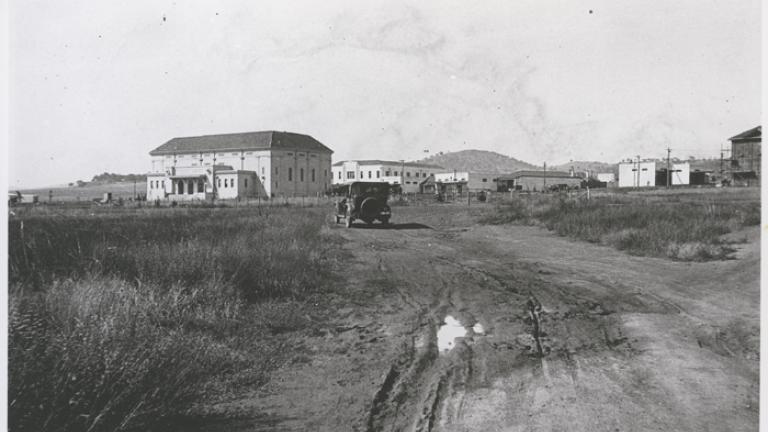
The Capitol Theatre c1927, Amusement Hall and Picture Theatre, Manuka Centre
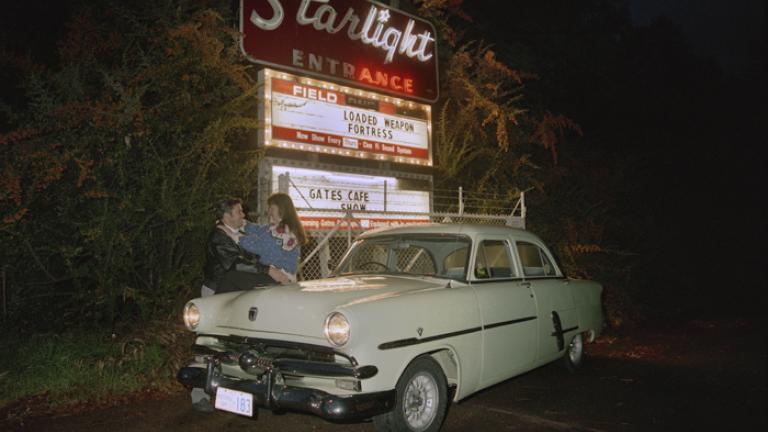
Starlight Drive-in 1993, photograph by Col Ellis
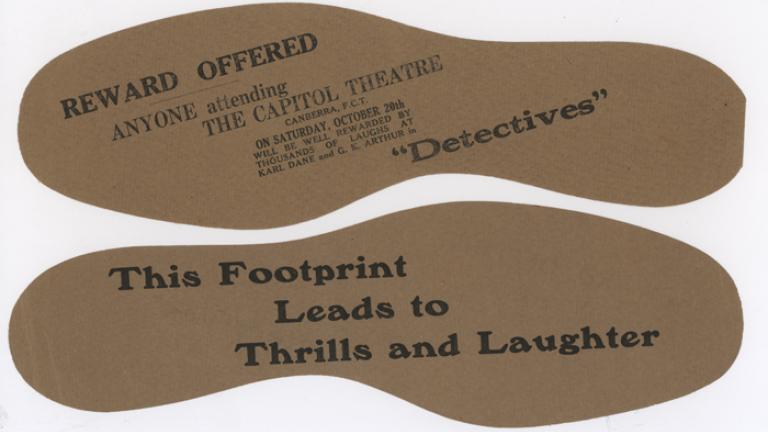
Footprints used as a promotional gimmick for the Theatre in 1928
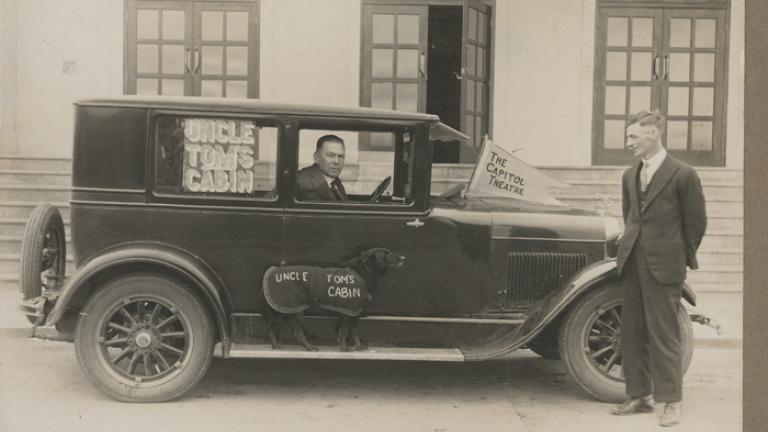
The Capitol Theatre and theatre staff c1930
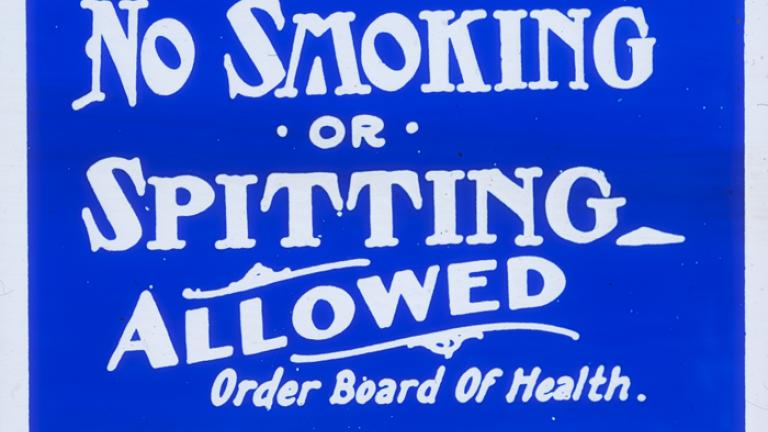
Glass cinema advertising slide manufactured by Featured Theatre Ads Reproduction, courtesy Andrew Pike
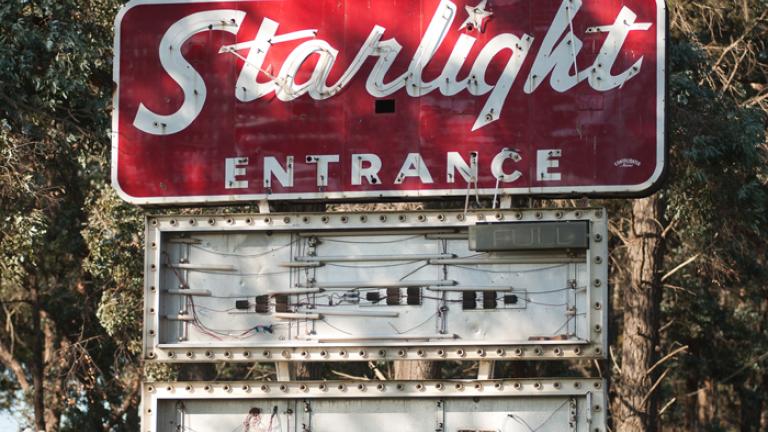
Starlight Drive-in 2010, photograph by Silas Brown
From 1913 the federal government funded film units to produce documentaries about the development of Canberra as well as documentaries about Australia in general, for a range of purposes. On the domestic front, home-movie enthusiasts recorded everyday life in Canberra from its early days, through the developmental period of the 1950s, to more recent events such as the 2003 Canberra bushfires.
Canberra and its region appeared in film productions with Tony Richardson’s Ned Kelly (1970) and Warwick Freeman’s Demonstrator (1971). Demonstrator reflected the political and cultural upheavals of the time as did Phillip Noyce’s Good Afternoon (1971), an experimental film about the Aquarius Festival, filmed in and around the Australian National University.
In the decades to come, feature films were filmed on location in the Canberra region at Braidwood, Cooma and Jindabyne. Since the 1970s narrative, animated and experimental short films have also been made in and around Canberra.
The National Film and Sound Archive of Australia acknowledges Australia’s Aboriginal and Torres Strait Islander peoples as the Traditional Custodians of the land on which we work and live and gives respect to their Elders both past and present.